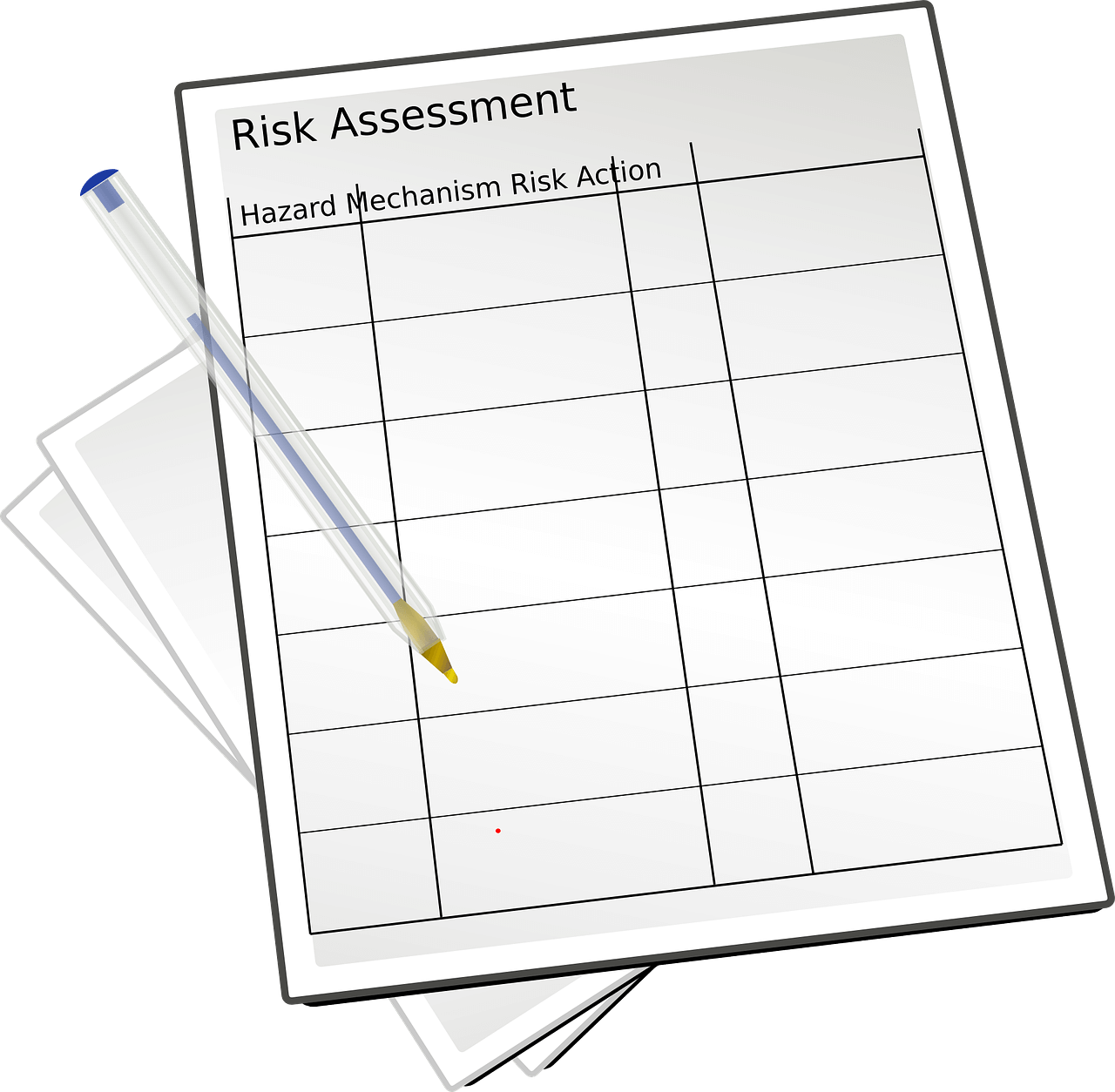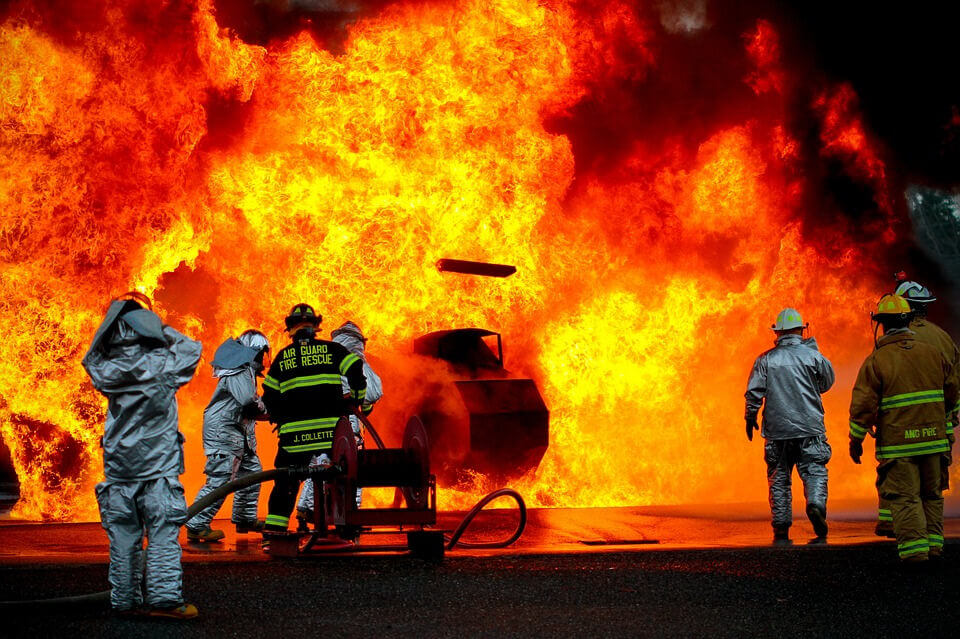LHD - Blog
How to Write a Risk Assessment When Implementing a Hoist
A Risk assessment is just one of the many things that you’ll need to think about when planning a lifting operation with hoists. Below we’ve explained a little more on this process.
Planning a lifting operation
No matter how big or small your lifting operation is, it should always be properly planned by a competent person. It doesn’t matter if you’re only lifting light loads one time only; you must thoroughly plan to avoid any unnecessary accidents or damages.
While this can seem like a bit of a headache and a costly function, both in terms of time and money, it forms part of the law. You can find more details on this in the Lifting Operations and Lifting Equipment Regulations 1998 (LOLER), which itself draws from the Health and Safety Act 1974.
There’s several steps that you need to take when writing a risk assessment
Don’t put yourselves, your employees or your business at risk; follow the guidelines that have been laid out to you and ensure that you carry out proper planning, which includes a risk assessment.
What is a risk assessment?
A risk assessment does exactly what it says on the tin. A risk assessment for hoists is about assessing the potential risks from a lifting operation, who is at risk, how these risks can be resolved, recording everything, and then taking the next steps after review.
Risk assessments are required by law, and you can read more on the specifics of this here. To summarise, the government are clear that you don’t need to create a huge stack of paperwork in order to put together a sufficient risk assessment. It’s just about sensibly and efficiently identifying any potential risks.
If you have fewer than five employees then you don’t need to write anything down, and if you have a competent person involved in the planning of your lifting operation, then you can carry out the risk assessment yourself. If you don’t have a competent person, or perhaps don’t feel confident enough yet to carry one out yourself, please don’t hesitate to get in touch with us so we can explain our hoist services in more detail.
Two definitions which you must familiarise yourself with are:
– Hazard – something which may cause harm or damage. A hazard is something such as a chemical, electricity, or work conducted from a ladder
– Risk – this is what the chance is that someone may be harmed by one of the hazards referred to above
Writing a risk assessment for hoists
There are five simple steps to writing a risk assessment for implementing a hoist, and we’ve broken these down below.
#1 Identify the hazards
Identify all hazards in the area that could affect your lifting operation. This involves three main areas:
– Physical – the physical aspects to any lifting operation, such as what objects might be in the way, if any manual labour is involved etc
– Mental – this includes things such as excessive workloads
– Chemicals – speaks for itself – any chemical substances that may be present
#2 Identify who is at risk
This will be a simple step – who is at risk with the implementation of this hoist? This includes anyone involved in the planning of the operation, and of course, anyone who will be doing the actual implementation.
A risk assessment will help you avoid situations like this!
#3 Assess all of the risks and take action
You’ll need to assess what the risks are for each of the hazards, and then decide whether action needs to be taken or not to reduce this risk.
#4 Make a record of your risk assessment
If you have more than five employees in your organisation, then you’ll need to make a record of all of your findings from the risk assessment. This includes any hazards found and what action you have taken to reduce the risks.
#5 Review
It’s important to review your findings so that you can ensure safe measures are continued after the implementation is complete, and to take account of any new changes in your organisation.
Want to know more about risk assessments?
If you are still unsure on how best to conduct a risk assessment, then we have no problem helping! You can speak to one of the team directly here.


